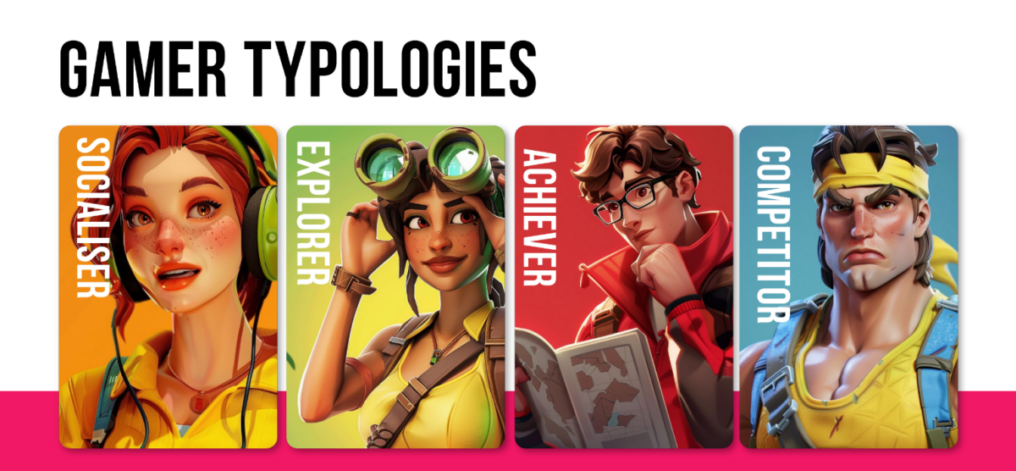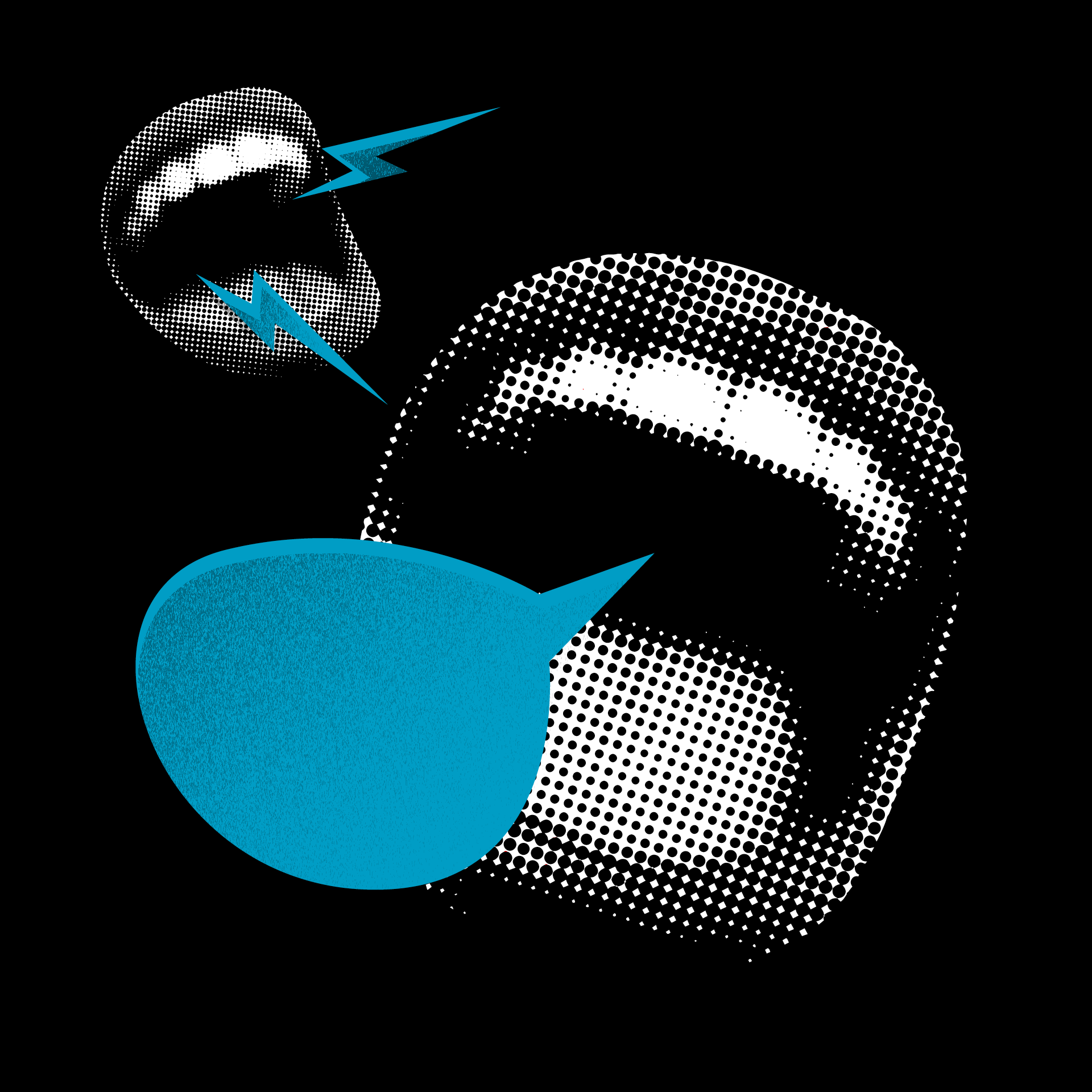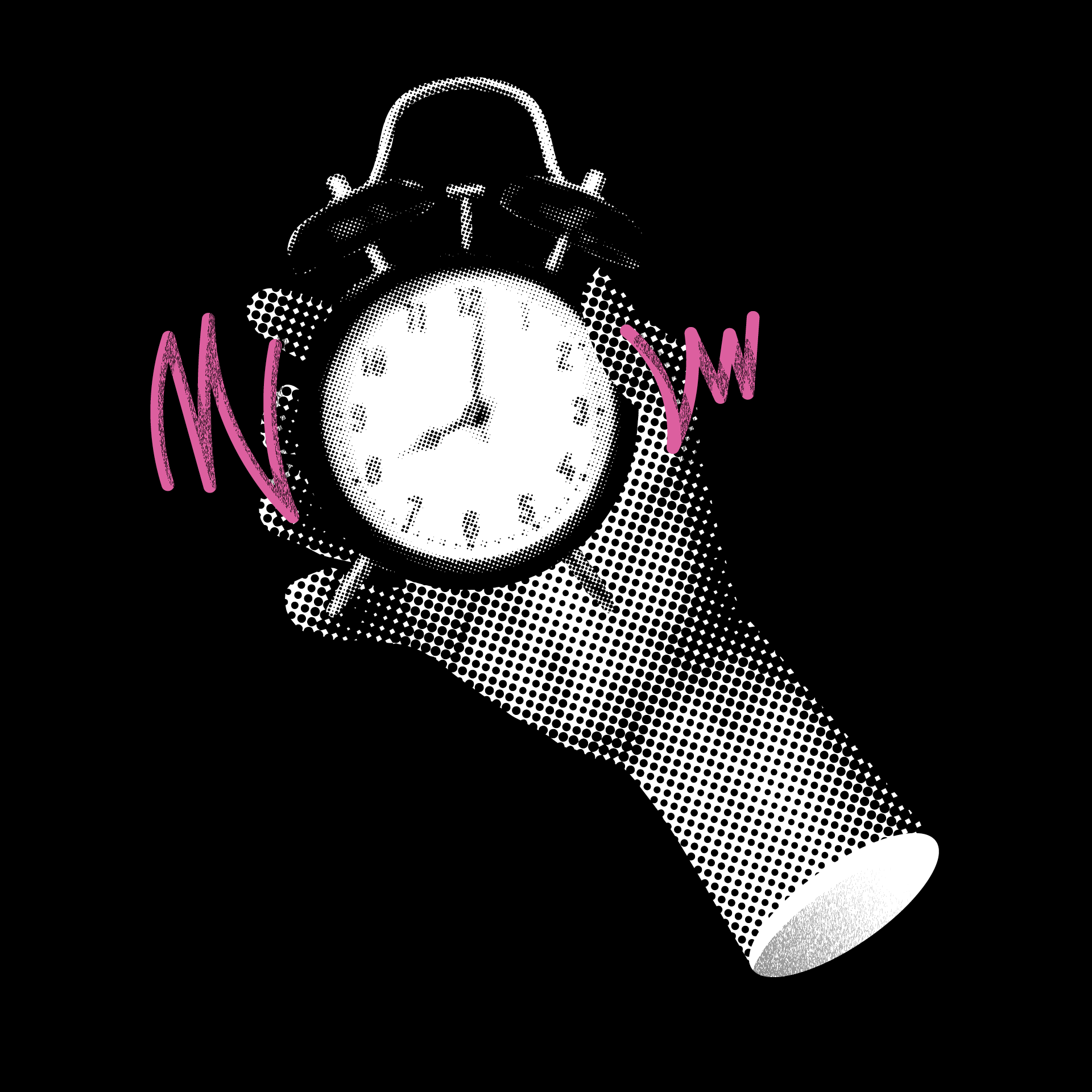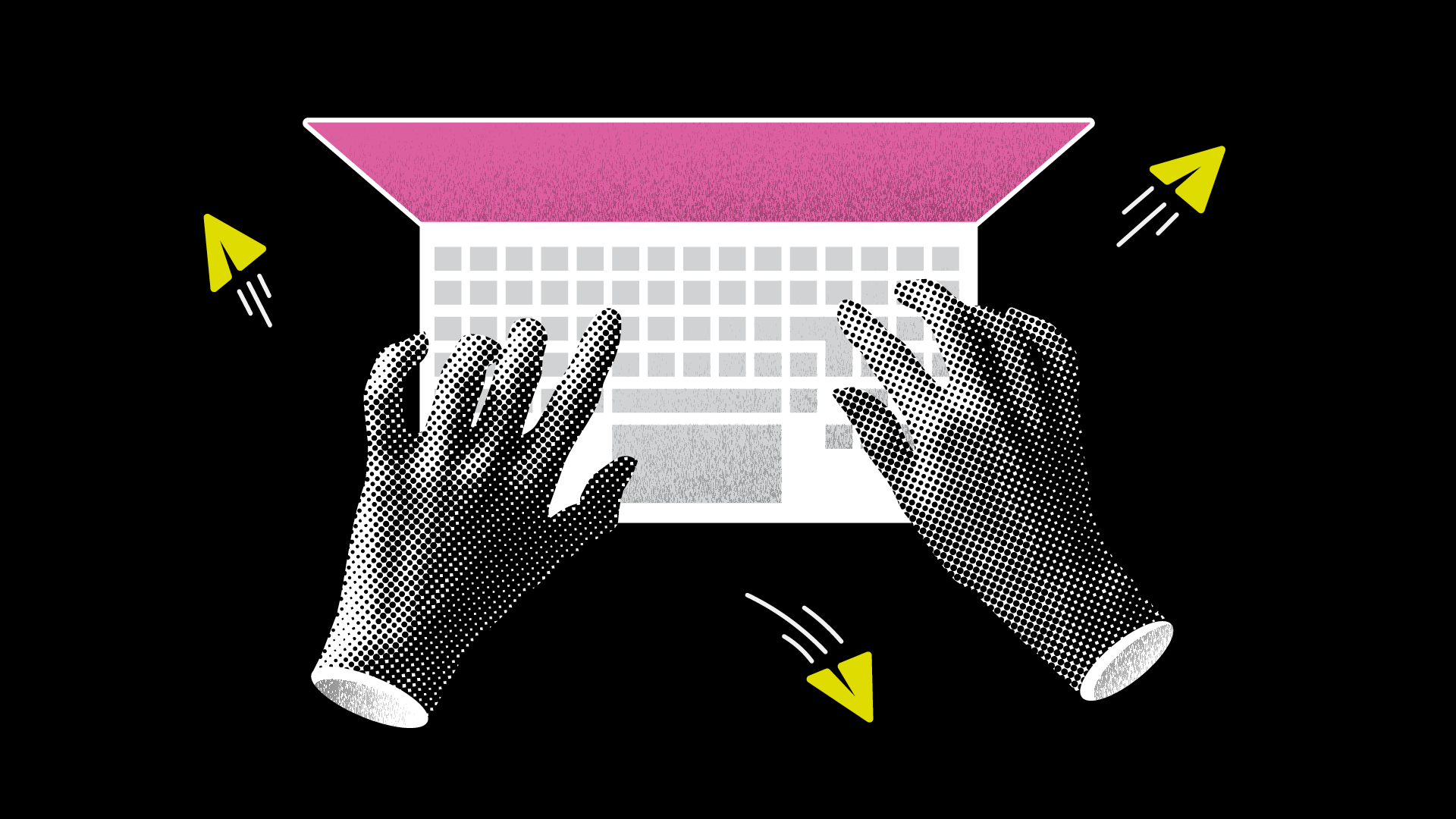When was the last time you went a day completely free from digital devices? No notifications, no emails, no aimless scrolling. It might be hard to imagine even an hour without technology. Most of us are constantly being drip-fed endless distraction through our devices, and this often makes it feel impossible to concentrate deeply on anything for a significant length of time. It’s no surprise then, that researchers have found that our attention spans have significantly decreased over the past couple of decades.



So, how has the rise of the internet and digital devices impacted our ability to focus? And what does it truly mean to pay attention?
The average focus time for individuals looking at a single screen dropped from 2.5 minutes in 2004 to an average of 47 seconds in 2021, according to Dr. Gloria Mark, a professor of informatics at the University of California, Irvine, and author of “Attention Span: A Groundbreaking Way to Restore Balance, Happiness and Productivity.” This period of time neatly coincides with the rise of computers and portable devices, suggesting that our access to instant information and constant distraction has played a significant role in the demise of our attention spans.
In a piece from the Guardian, Marion Thain, professor of culture and technology at King’s College London and director of the Digital Futures Institute, discusses how distraction is claimed to be the underlying cognitive crisis of the digital age, with very real and justifiable concerns for younger generations. A recent article in the Atlantic echoes this sentiment: In “The elite college students who can’t read books”, Rose Horowitch reports that “these days even literature university students have trouble staying focused, even on a sonnet”. She reports that many schools have turned away from literary texts in favour of short passages, meaning students are arriving at universities having never read a book.
Even television shows have adapted, with shorter scene lengths that average a cut every four seconds. Online, videos are cut to sustain attention, remove filler words and natural pauses, and while this doesn’t necessarily cause short attention spans, it does reinforce our expectation that content should move quickly to keep our attention. The ability to speed up YouTube clips, voice notes and TikTok videos means we never have to hang around too long to get to the point.

But when this convenience doesn’t translate to real-life conversations, does this leave us frustrated in social situations, or worse, hinder our social skills?
While there’s evidence that our attention spans are dwindling, in the marketing world our attention has never been so valuable.
The market has commodified our attention, creating an “attention economy” that influences everything from the internet to social networks to our lifestyles. D. Graham Burnett, founder of the Institute for Sustained Attention and co-creator of the Strother School of Radical Attention, describes this “commodification of our attention” as our “attention being monetised as never before.” Burnett likens this process to “human fracking”, stating that the “competition for our attention is toxic”.
With the fight for our attention becoming more competitive than ever, it’s crucial that advertising not only gets noticed, but attracts active attention and provides value to consumers. Most media channels are traded on being ‘seen’, but how long before we can buy active attention?
In the meantime, recent research and industry efforts have significantly advanced our understanding of attention’s role in building brands. Attention-learning has become more nuanced, revealing that attention matters but there isn’t a one size solution that fits all brands.
Given you may be nearing the end of your attention span already, I’ve collated the useful attention economy research in bitesize chunks below:
- Ad Effectiveness: The type of attention makes a difference. Active attention (emotional response) is more important than passive visual attention (just watching). However, the effectiveness of an advert also depends on how well it is branded and its persuasive message.
- Deeper attention: In this attention age, many AI facial analysis companies have sprung up. They can measure emotion recognition and claim that attention needs to be accompanied by real engagement for a true gateway to sales effects (shown on facial expression). According to them, estimating attention without real viewer research will not maximise ROI.
- Channel Effectiveness: Channel attention levels per impression do not directly correlate with brand lift. TV, despite high attention levels, is less cost-effective due to its large share of investment, making its overall ROI lower. Digital channels like YouTube, Facebook, and Instagram build brands more cost-effectively despite lower attention levels. Therefore, building brand uplift isn’t as simple as diverting all spend into typically high attention channels like TV and Cinema. Multi-channel campaigns are key.
- Format and placement selection: Channel selection is only the first step. To ensure effective communication, format and placement choices must align with the intended message. The vastly different contexts of a 6 second YouTube bumper and a cinema ad, for example, necessitate careful consideration to avoid message and consumer context misalignment a common pitfall for brands.
- Attention by second: Not every second of attention is equal or yields the same level of return. Delving deeper into this concept, Dentsu research published by WARC indicates that short-form video is more “attentionally efficient.” They found that short ads generate higher recall and greater impact on purchase intent compared to the same duration of attention in longer ads.
- Asset length: The duration neglect principle says that how long you experience something doesn’t necessarily impact your overall memory of that experience. This doesn’t mean that more attention isn‘t generally a good thing, but you can have a surprisingly large amount of brand impact in a relatively short amount of time.
- Creative Optimisation: Brilliant creative unsurprisingly has a strong impact on whether attention is retained or not. This is especially true for digital platforms. Placement, video length, targeting can work hard – but creative has to attract attention within milliseconds on social platforms to hook a user and then keep their interest.


While the industry continues to debate attention and attempts to integrate it further into buying and measurement options, the influence this has had on media planning at Golley Slater is undeniable. We recognise the valuable nature of consumer attention and how it demonstrably contributes to stronger brand lift. We therefore prioritise planning that ensures your brand message not only reaches but actively engages your target audience. Our planning team conducts a meticulous analysis of each client brief, ensuring every aspect is considered. Using industry leading tools and data, we specialise in determining the most effective blend of media channels, formats and placements to deliver the most effective campaigns. In a saturated media landscape, we make sure your brand message not only reaches your audience, but also secures their active attention, which fosters meaningful engagement and drives measurable results.

Sources:
Kantar, July 2024
Guardian 2024
Atlantic 2024
CNN Health
WARC
See more from our team


